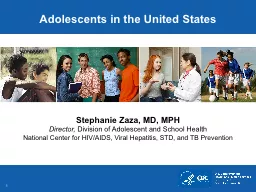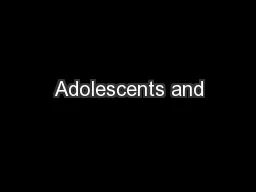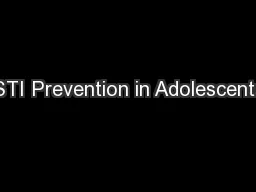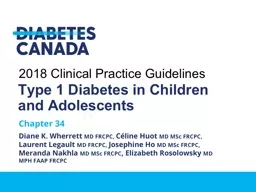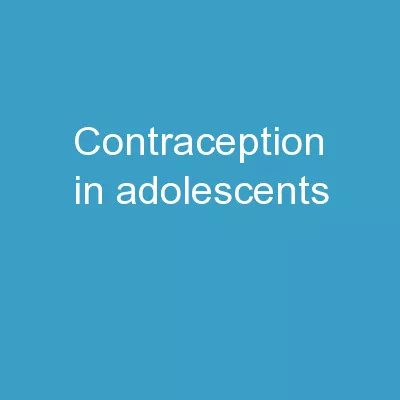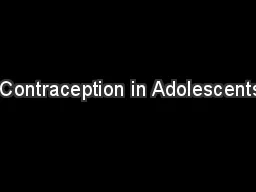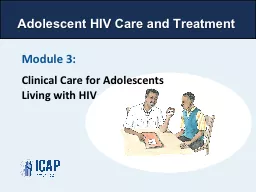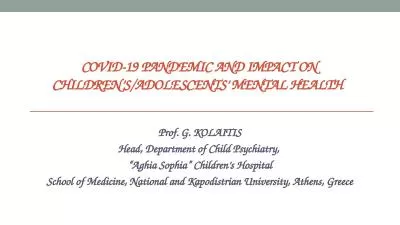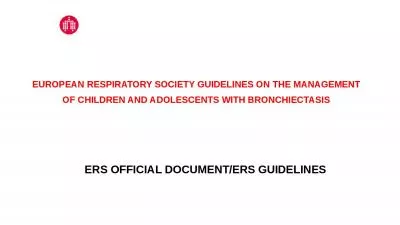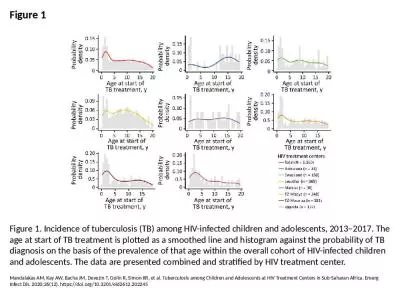PPT-Adolescents in the United States
Author : phoebe-click | Published Date : 2018-01-20
Stephanie Zaza MD MPH Director Division of Adolescent and School Health National Center for HIVAIDS Viral Hepatitis STD and TB Prevention Defining Adolescence Developmental
Presentation Embed Code
Download Presentation
Download Presentation The PPT/PDF document "Adolescents in the United States" is the property of its rightful owner. Permission is granted to download and print the materials on this website for personal, non-commercial use only, and to display it on your personal computer provided you do not modify the materials and that you retain all copyright notices contained in the materials. By downloading content from our website, you accept the terms of this agreement.
Adolescents in the United States: Transcript
Download Rules Of Document
"Adolescents in the United States"The content belongs to its owner. You may download and print it for personal use, without modification, and keep all copyright notices. By downloading, you agree to these terms.
Related Documents

